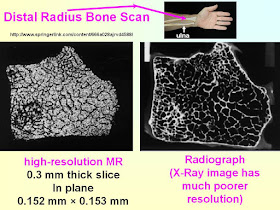In this respect MRI complements CT.
As is true for other imaging methods also, the availability of fast computers has allowed these methods to be used as routine in hospitals and provide invaluable information about the human body - its functions and illnesses.
The physics of MRI is more complex than for other imaging techniques. I have tried in my lecture to tone down the discussion for a non-specialist audience. There are some detailed articles and good books available but seldom they are written for a nonscientific audience. Hope this all makes sense:








































No comments:
Post a Comment